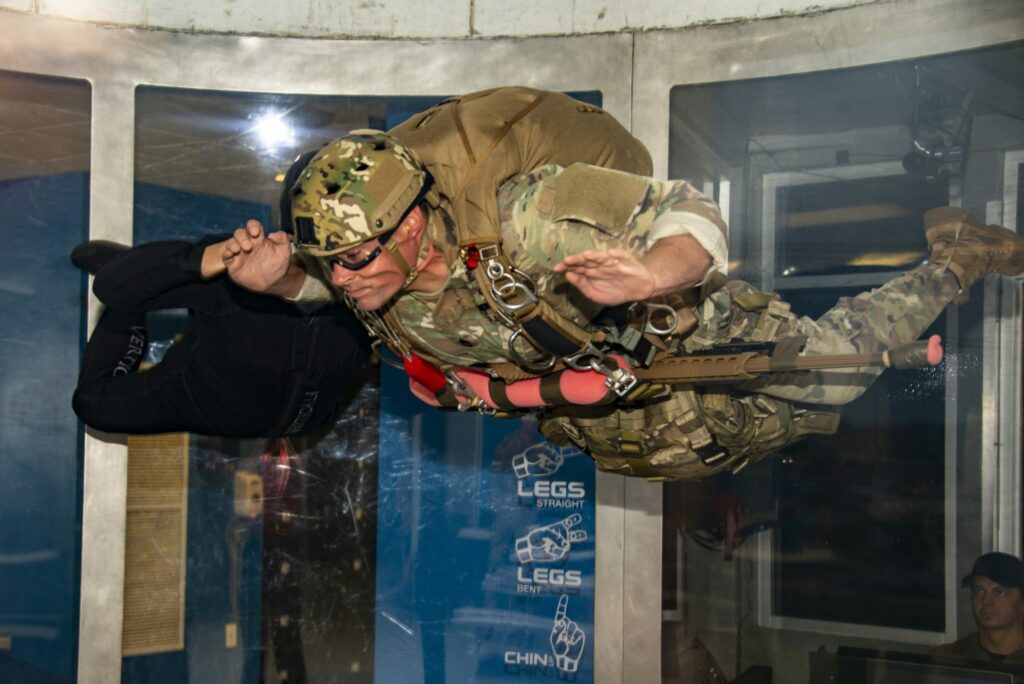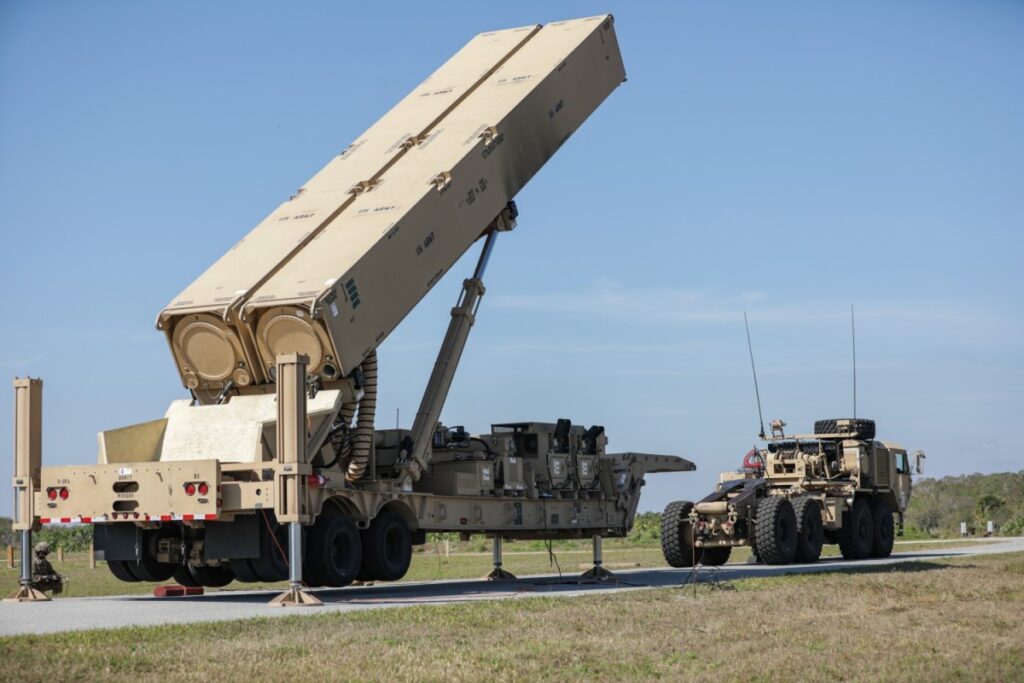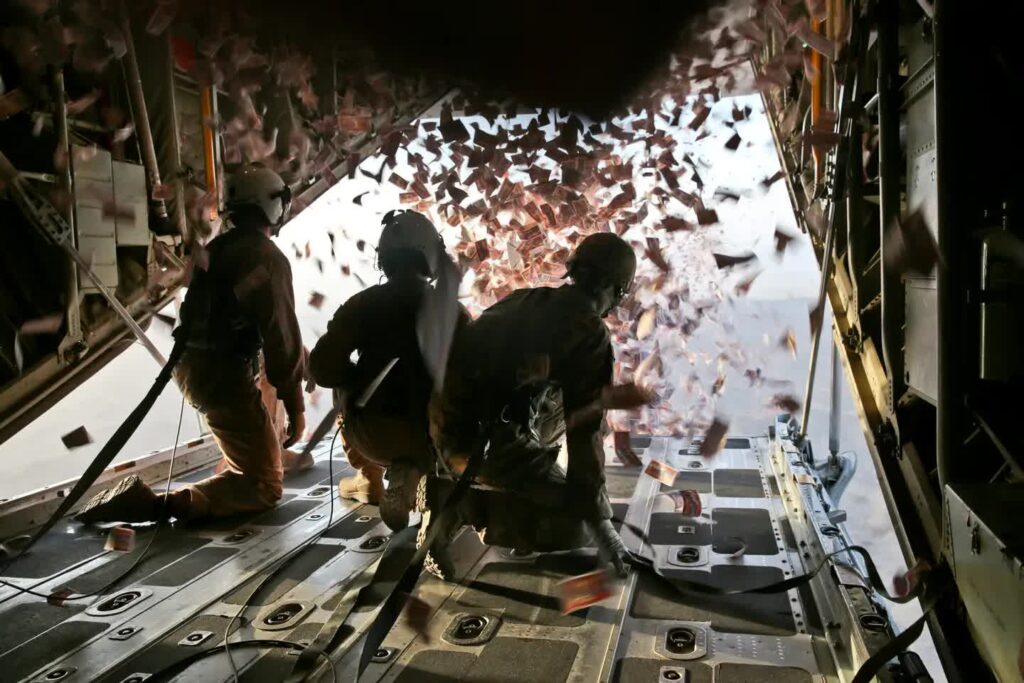Operational testing of the Army’s newest generation sniper system — the MK-22 Precision Sniper Rifle (PSR) — marks the project’s final hurdle before fielding.
“The modular nature of the PSR allows it to be tailored to meet mission requirements and is appealing to airborne Snipers who are typically armed with long-barreled precision rifles of a single caliber offering,” said Sgt. 1st Class Marcus Love, Airborne and Special Operations Test Directorate, Test Noncommissioned Officer.

Related: MRAD Sniper Rifle: The military’s new sniper weapon
Because of the single-caliber offerings, snipers requiring additional capabilities must deploy with additional weapons. The PSR can be configured for multi-calibers by the Sniper in the field and requires no higher-level maintenance to reconfigure. It will also extend engagement ranges for both anti-material and anti-personnel target engagements.
“The increased engagement range will keep Snipers safer and increase the options for the local commander employing these combat multipliers,” said Sgt. Austin Stevens, a Sniper assigned to the 1st Battalion, 325th Airborne Infantry Regiment, 2nd Brigade Combat Team, 82nd Airborne Division.

Related: Ten Marines become the first to earn the title of ‘Recon Sniper’
“With a folding stock and removable suppression system, the PSR will provide airborne Snipers a more compact load during airborne infiltration operations without reducing their lethality while providing a precision rifle platform more conducive to their combat environment,” said MK-22 Project NCO Sgt. 1st Class Jonathan Copley.
Spc. Michael Liptak, a Sniper with Headquarters & Headquarters Company, 2nd Battalion, 325th Infantry Regiment immediately identified the attributes of accuracy in regards to the MK-22. “I was surprised at the accuracy and the straightforward approach to testing the PSR,” he said.
Prior to testing, Snipers from across the airborne and special operations community took part in new equipment training which included familiarization with the system, maintenance, target engagement, system configuration and zeroing procedures.

For Spec. Nathanael Keffer, a Sniper with 2nd Battalion, 508th Infantry Regiment, the PSR’s versatility to adapt to multiple mission sets was a marked advantage. “The PSR is a very versatile weapon system that can be tailored to meet multiple mission requirements,” said Keffer.
Mr. Larry Harris, ABNSOTD Deputy Chief of Test said, “The critical task in testing any small arms platform intended for use by airborne forces is ensuring zero retention of the primary optic subsequent to airborne insertion. “This is a critical gauge of the Paratrooper’s lethality during airfield seizure and other follow-on operations.”

To evaluate this performance measure of the PSR, the ABNSOTD test team applied the organization’s mobile weapons boresight collimator to the rifle after jumping to make sure the sniper’s pre-mission zero was not degraded by shock during the jump.
“This process establishes a baseline for sight reticle locations prior to and post airborne insertion,” said Miles Crawford, Test Technology Branch Chief, ABNSOTD. “Testers can monitor any shift in the weapon sight reticle that may have been induced by shock associated with static line parachutes,” Crawford said.

Read more from Sandboxx News:
- The 4 guns used to make the longest sniper kills in history
- These are the deadliest snipers the world never saw
- Do snipers wear diapers? And more from a military marksman
- The strangest Spec-Ops firearms in SOCOM’s armory
- Five USMC Scout Snipers and what the job means to them
Feature image: Mr. Michael Zigmond, Audio Visual Production Specialist, U.S. Army Operational Test Command





